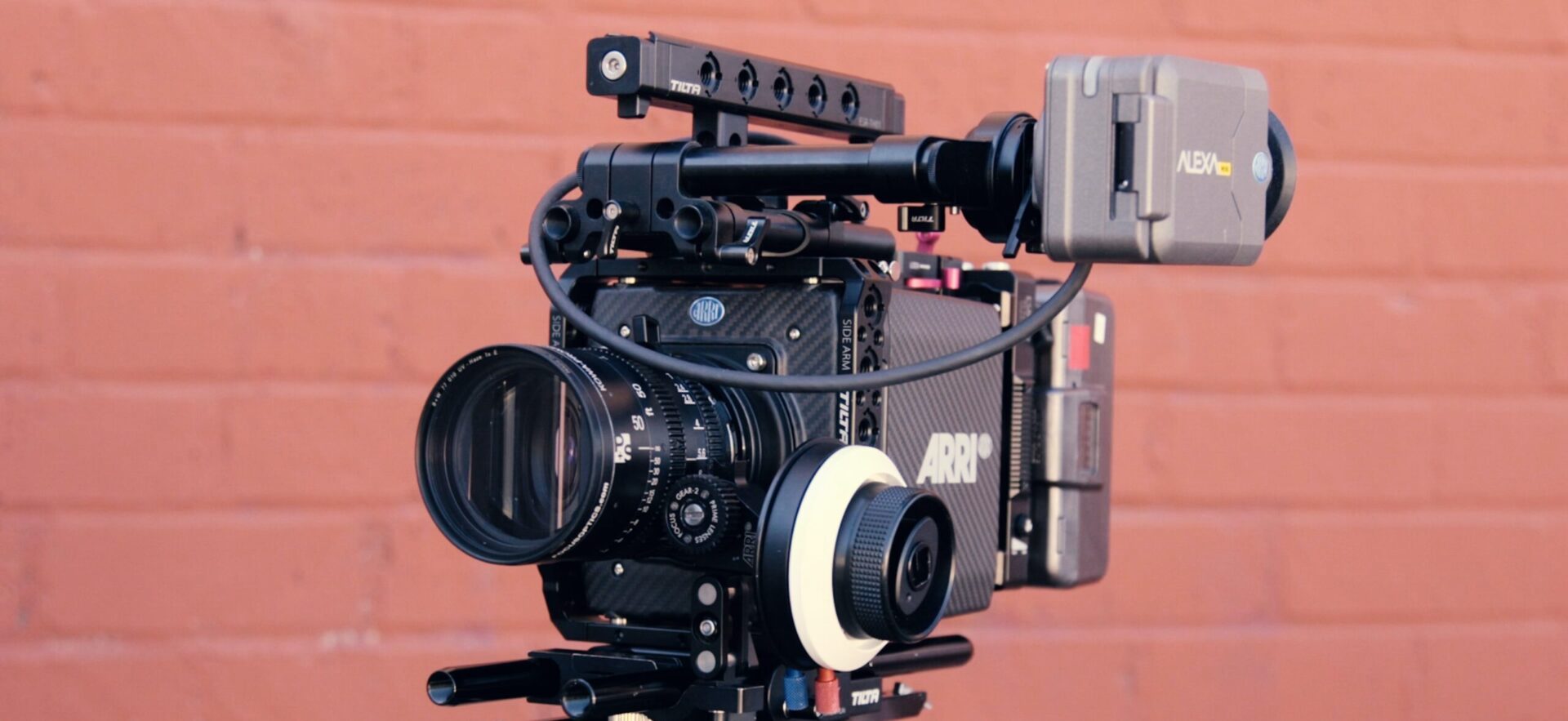A handy step-by-step guide for making your first film - Part 2

In Part 1 we explored the first half of the prep required if you want to be making your first film so in this, Part 2, we are going to briefly explore locations and permissions as you journey to the point where you can take a deep breath, and go and start shooting your own movie.
Overview

At this point on your journey of making your first film, you should have your script ready or even just have a flushed out form of your idea.
From these, you should identify the type of locations you will need for your film and have noted what time of day each location is to be featured.
You can then break things down even further by identifying which scenes happen at the same locations and detail which cast members, props, crew, and equipment are required to be at any location on any day. This will help immensely when it comes to scheduling your shoot cost-effectively.
Now all you have to do is find your locations, get permission to film there and then start creating your own shooting schedule.
It’s now that you should also start to flush out health and safety assessments based on any potential hazards you may find on your locations (more to come on health and safety in a further blog).
NB. a negotiable fee will often be required to be paid for the use of any location and if it's too expensive, simply find another.
Finding a location
Sometimes this can be done virtually on Google Earth otherwise it will involve a team to physically visit prospective locations. This is called a recce.
Once there, you are principally going to be considering creative suitability but it's also important that you look at issues of practicality.
Traffic, extraneous noise, people ingress, parking, toilets, where to lunch, how much impact your unit will have on the location, and how much impact the location activity will have on your filming - just a few things to think about that might make a difference as to how smoothly your filming goes.
Permission
By getting permission to use a location you can have the confidence required to start making your first film. Without permissions, there is the underlying stress of your unit being challenged on arrival and potentially being sent packing by an angry property owner.
Start with any local film authority that is available in your filming area. Contact them and let them know what you are planning to do. These are the local filming specialists who will keep you right, put you in touch with police, traffic control, event departments, and a lot more people who would like to know:
a. what you are doing,
b. when you are planning to do it
c. how can they help
The people who work in these departments are a useful and cost-free asset you really should take advantage of. They are usually very experienced in what they do and will always want to help you succeed. I would strongly advise you to get them on board with your filming at your early planning stages.
Just go commando
There is a school of thought that says ‘just go commando’ which means ‘shoot it as you see it’ with no permissions in place. While a small team with light gear can sometimes get away with this approach, it is a high-risk strategy.
Generally, there will always be someone who will spot you working on a location and then ask you the killer question ‘have you got permission to be filming here?’. If your answer is no - that's usually the start of distracting discourse which often ends your filming effort at that location.
Filming Schedule
Having found your locations and got your permissions you now need to identify the production effort for each by putting locations, dates, times, cast members, and props into a filming schedule form.
Any information that you feel is critical to your team working effectively should be included in your filming schedule. This document can then be shared with everyone on the team to ensure they know your plan and that they are all working off the same page.
Each production will produce its own version of a film schedule and the amount of detail included is always subject to how many people and how much effort you can throw at it.

The useful information you can add to a schedule is almost endless but you must consider how much time and effort you have available to do this.
The true effectiveness of your filming schedule will rely on you having a good knowledge of the availability of locations being matched with cast, crew, and equipment.
It will require you to have an understanding of time management regarding travel, breaks, and how long it might take to film scenes.
A typical question to ask yourself is ‘how long does it take to get a cast member to a location, into make-up then wardrobe, and finally out in front of the camera ready for filming’ and then ask yourself ‘should I allow time for a chat, a quick coffee, a breakfast, or a simple weather delay?’.
There are hundreds of things that can throw your schedule off course and while you can never anticipate them all you should make sure your plan allows for the unexpected before you start making your first film.
Keep an eye open for our Part 3 in this series on ‘making your first film’ where we will get into ‘The gear you need to make your own film’.
Meanwhile, if you have any questions e-mail us at [email protected] or give us a call on 0131 226 0226 to see if we can offer you support with making your own film. Also, don't forget to check out the rest of our website at lamedia.co.uk




